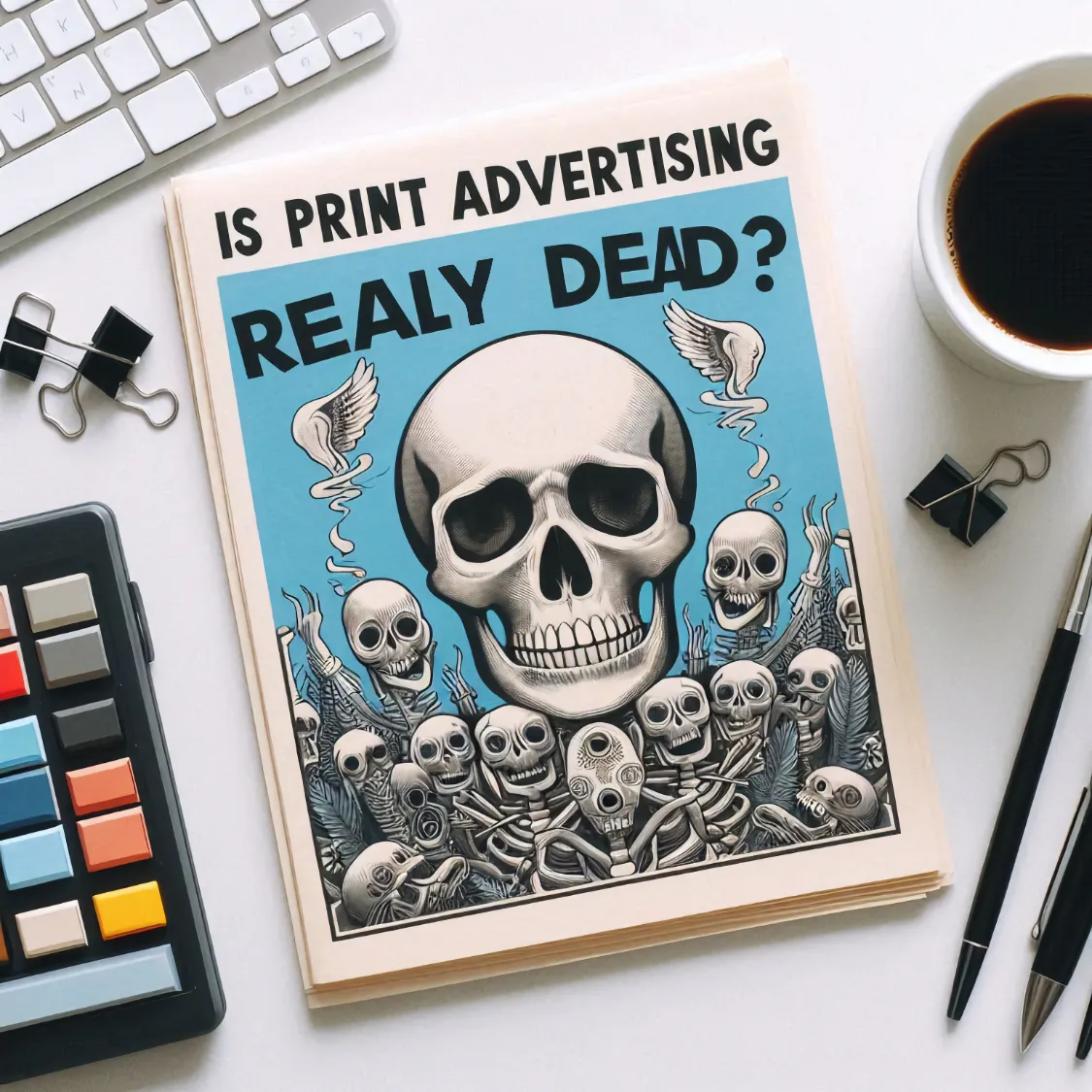Understanding misconceptions: what you need to know about advertising
As a client investing in advertising, it’s natural to expect immediate results. However, the reality of advertising is more complex. This guide aims to educate you on why immediate results are often unrealistic and provide insights into creating successful advertising strategies. Understanding these nuances will help you make informed decisions and set realistic expectations for your advertising campaigns.
The Myth of Immediate Results
Understanding Advertising Timelines
One of the biggest misconceptions about advertising is the expectation of instant results. Advertising is a process that involves building brand awareness, establishing trust, and engaging with potential customers over time. Expecting immediate sales spikes overlooks the foundational work required for long-term success.
The Sales Funnel Process
To appreciate why advertising takes time, it’s important to understand the sales funnel, which consists of several stages: awareness, interest, consideration, intent, evaluation, and purchase. Effective advertising moves potential customers through these stages gradually, making immediate conversions rare.
Factors Influencing Advertising Success
Building Brand Awareness
For new or lesser-known brands, building recognition and trust with your target audience is crucial. This process can take months or even years, depending on your industry and competition. Patience and consistent effort are key to establishing a strong brand presence.
Navigating Market Competition
The level of competition within your market significantly impacts the speed at which advertising yields results. In highly competitive markets, standing out requires a well-thought-out strategy and continuous effort, making instant success unlikely.
Adapting to Consumer Behaviour
Today’s consumers are more informed and cautious than ever before. They conduct thorough research, read reviews, and compare products before making a purchase decision. Your advertising campaigns must account for this behaviour, providing value and information that guide consumers through their decision-making process.
Debunking Common Advertising Myths
Myth 1: “More Spending Equals More Success”
While a larger budget can enhance an advertising campaign, success depends on strategy, creativity, targeting, and execution. Simply increasing your advertising budget without a solid plan can lead to wasted resources.
Myth 2: “Viral Campaigns Guarantee Success”
The idea of creating a viral campaign is tempting, but virality is unpredictable and not a sustainable strategy. Successful advertising requires consistency and a deep understanding of your target audience, rather than relying on a one-hit-wonder.
Myth 3: “All Platforms Are Equally Effective”
Advertising on every available platform might seem like a way to maximise reach, but not all platforms are suitable for every brand or audience. A focused approach, targeting the platforms where your audience is most active, yields better results than a scattered strategy.
Setting Realistic Expectations
Establishing Clear Objectives
Setting realistic goals and objectives is essential for any advertising campaign. These goals should be specific, measurable, achievable, relevant, and time-bound (SMART). Clear objectives help manage expectations and provide a benchmark for evaluating success.
The Importance of Continuous Monitoring
Advertising is not a set-it-and-forget-it endeavour. Continuous monitoring and analysis are crucial for understanding what works and what doesn’t. Regularly reviewing campaign performance allows for timely adjustments and improvements, ensuring long-term success.
Educating Yourself on the Process
One of the most effective ways to manage your expectations is to educate yourself about the advertising process. Understanding the timelines, potential outcomes, and the work involved helps build trust and alignment with your advertising team.
Crafting Successful Advertising Strategies
Integrated Marketing Communications (IMC)
An integrated approach to marketing ensures that all channels and messages are aligned and consistent. This coherence amplifies the impact of each campaign element, enhancing brand recognition and effectiveness over time.
Data-Driven Decision Making
Leveraging data and analytics allows you to make informed decisions based on consumer behaviour and campaign performance. Data-driven strategies optimise targeting, messaging, and budgeting, leading to more efficient and effective advertising.
The Power of Creative Storytelling
Storytelling is a powerful tool in advertising. Crafting compelling narratives that resonate with your target audience fosters emotional connections and engagement. Memorable stories are more likely to be shared and remembered, contributing to long-term brand loyalty.
Conclusion
Advertising is a powerful tool for building brand awareness, driving consumer engagement, and ultimately increasing sales. However, the expectation of immediate results is a common misconception that can lead to frustration and misaligned goals. By understanding the realities of advertising timelines, debunking common myths, and setting realistic expectations, you can better appreciate the value of strategic, long-term advertising efforts.
Successful advertising requires patience, creativity, and continuous adaptation. By educating yourself on these principles, you can foster a collaborative and productive relationship with your advertising team, ensuring that your campaigns achieve their intended outcomes over time. Embracing a realistic and informed approach to advertising sets the stage for sustainable growth and long-term success.
Take Action Today
Ready to elevate your brand and see real, sustainable growth? Don’t wait any longer. Contact us now to book our expert design services and secure prime advertising spaces that will help your business stand out.
Call: 0748 230 4526
Email: info@mcstudiolondon.com
Let’s work together to create an advertising strategy that not only meets but exceeds your expectations. Unlock the full potential of your brand with our comprehensive advertising solutions. Book your consultation today and take the first step towards achieving your business goals!


